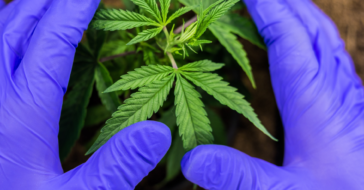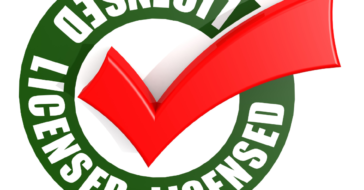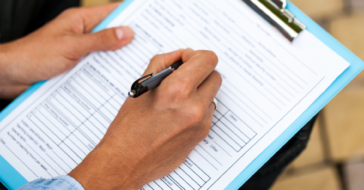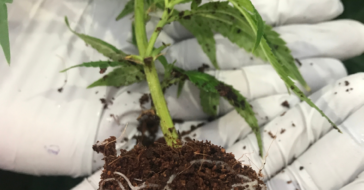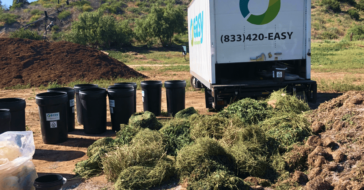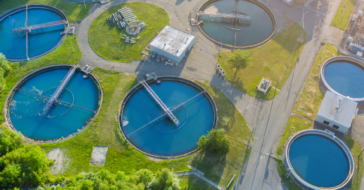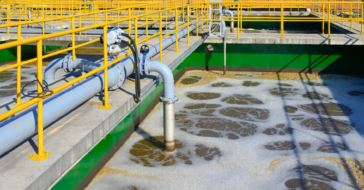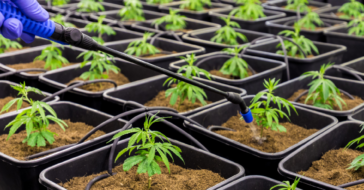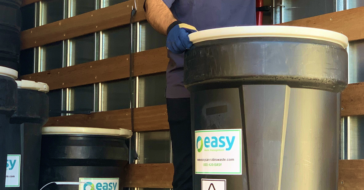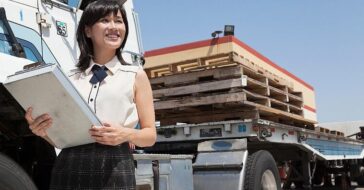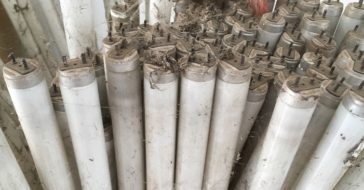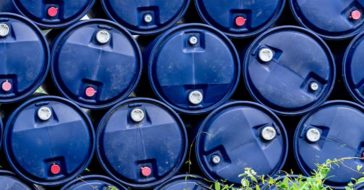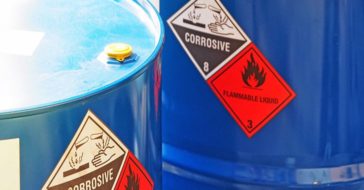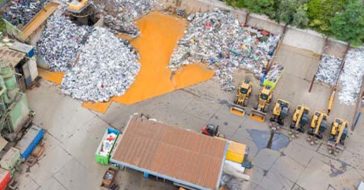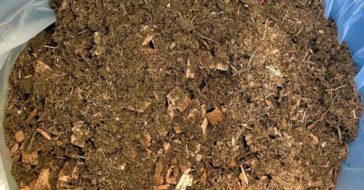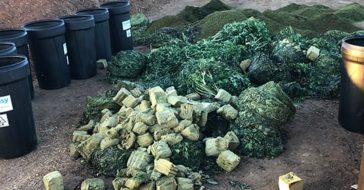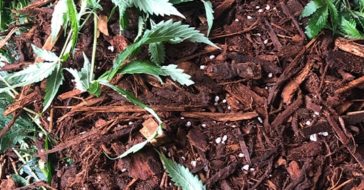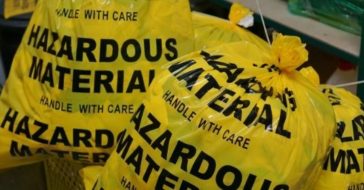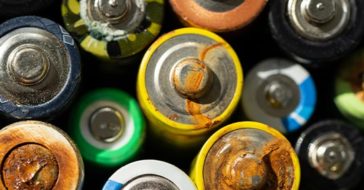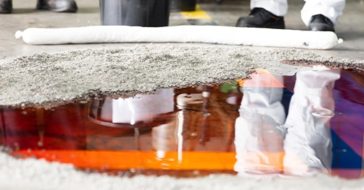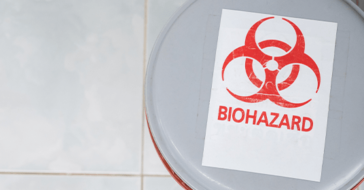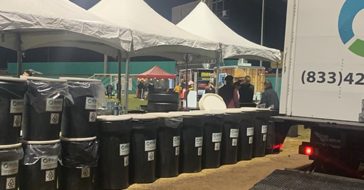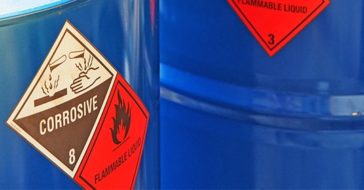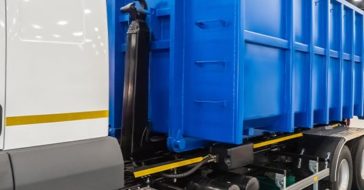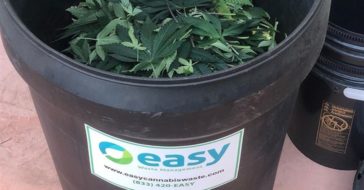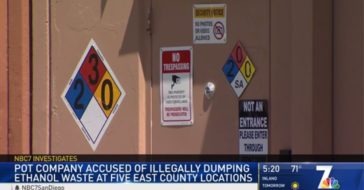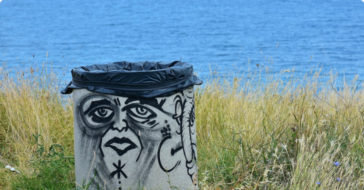Hazardous materials are a part of our everyday lives. Still, to protect the health of our planet and ensure your business stays compliant, it’s critical to have a good understanding of hazardous waste disposal requirements. Below, we discuss the basics of hazardous waste removal in California.
How Hazardous Waste Fits Into Your Waste Management Plan in California
Improperly handled hazardous materials can threaten individuals and our environment. For that reason, there are both state and federal guidelines that your business needs to adhere to. In California, the Department of Toxic Substances Control (DTSC) oversees hazardous waste rules and regulations. DTSC works to limit the amount of toxic substances in our environment, promote public health through safer consumer products, and restore areas that have been contaminated.
As you begin to develop a hazardous waste management plan, you’ll need to do the following.
1. Assess How Much Hazardous Waste Your Business Generates
The Environmental Protection Agency (EPA) has three categories of generators depending on how much hazardous waste you generate. To determine what category you fall into, you’ll need to assess your total waste footprint, which can be easier said than done! Count any solid waste that is defined as hazardous waste by the EPA and anything that exhibits a characteristic of hazardous materials. Common items include:
- Flammable solvents
- Pesticides and fertilizers
- Aerosols and reactants
- Antifreeze
- Used motor oil or propane
- Household hazardous waste (HHW) items such as batteries, cleaning supplies, and electronics
- Any other waste that is reactive, corrosive, ignitable, or toxic
2. Apply for Identification Numbers
Next, you’ll need to apply for identification numbers. Depending on the amount of waste and how often you generate it, you may need numbers from both the EPA and DTSC.
3. Determine What Waste Disposal Services You Need
Last but not least, you’ll need a plan for how to manage your hazardous and universal waste throughout day-to-day operations. Strategies will vary depending on your business, but generally, you will want to consider the following:
- On-Site Management: How will you store and treat your waste? What do you have in place to prevent accidents? Should an emergency occur, do you have the proper hazardous waste supplies to mitigate it?
- Off-Site Management: How will waste material shipments be prepared and logged? Will your service provider assist with non-hazardous universal waste as well? Does your provider meet hazardous waste certifications in California?
Keep in mind that while your hazardous waste disposal provider can help you determine labeling, storage, and other items, the licensee is ultimately on the hook should something go wrong. For that reason, it’s critical that you properly vet your provider and ensure they’re reputable and compliant with federal, state, and local regulations.
If you’re looking for a hazardous waste removal provider in Long Beach, CA, consider Easy Waste Management. We can help you make sense of California’s guidelines and offer a variety of disposal options so that you can choose what’s right for your business. We focus on responsible waste management, meaning we work to keep as much as possible out of landfills through recycling services and environmentally conscious measures. Request a free consultation today to get started.






